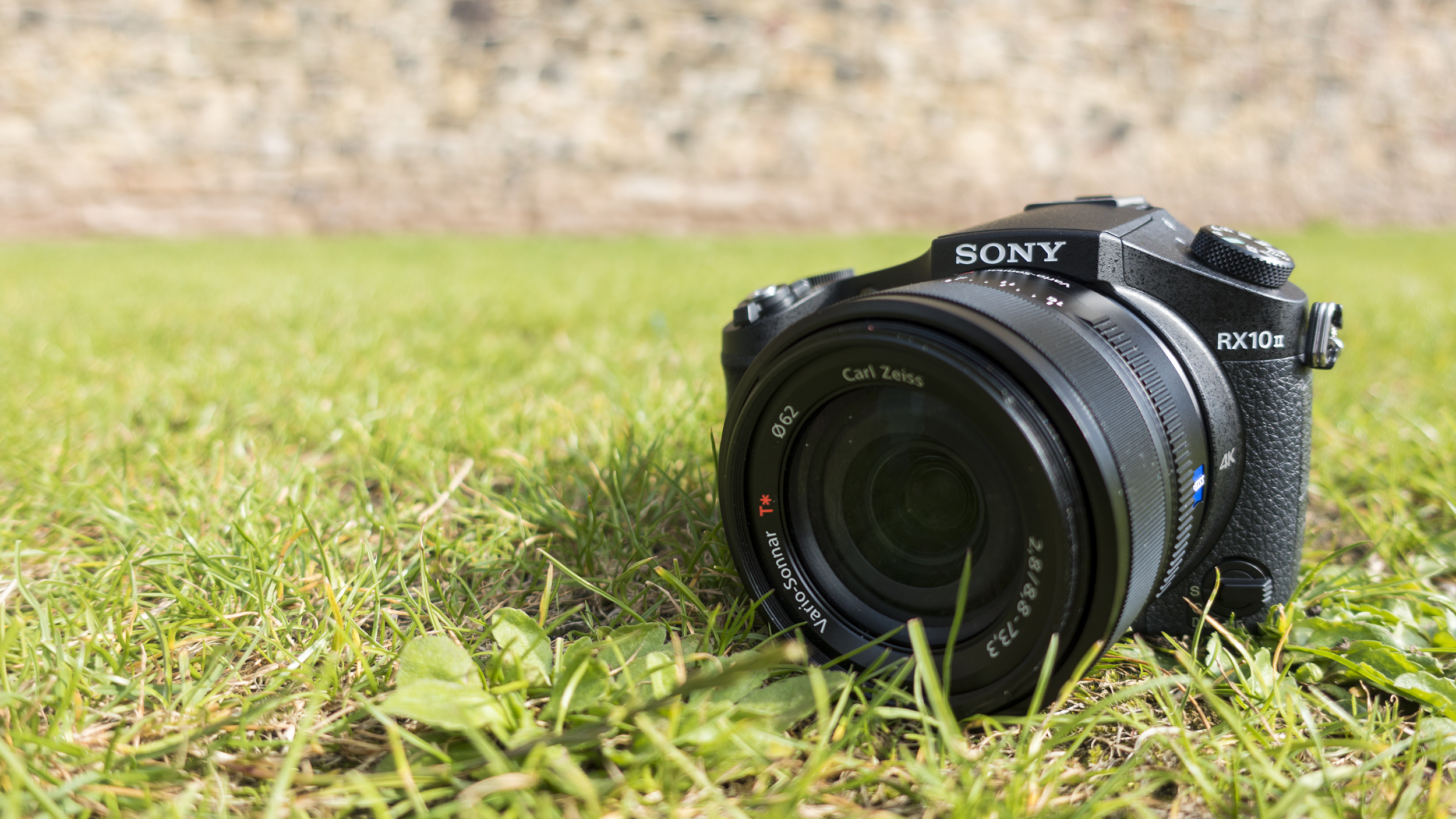Why you can trust TechRadar
Despite its strengths, the RX10 II is, like its predecessor, likely to find favour only with a fairly niche audience. It's by no means a cheap camera, but for those looking for something which is a fantastic all-round model, and which delivers real quality without the hassle (and expense) of interchangeable lenses, it's a serious option.
Its image quality is fantastic, and the new sensor really delivers, producing excellent, vibrant images with bags of detail. Some bridge camera users are fans of huge zoom ranges while others put a premium on image quality, and if you fall into the latter camp you may be very tempted by the RX10 II.
However, if you think you're likely to need extra reach then the Panasonic FZ1000 may be more appealing, offering as it does a 400mm (equivalent) maximum focal length, which is twice the Sony's 200mm maximum – although the Panasonic's maximum aperture does drop to f/4 at full zoom.
The RX10 II is also a little on the large side; some will love that, some will hate it. Most of the bulk comes from the large lens, which facilitates the wide maximum aperture, and for those who are used to shooting with DSLRs it won't be a problem. However, if you're looking for something small and light then you'd do better to look elsewhere.
I found the camera very practical to use, with the aperture ring being a favourite feature. The fact that you can customise many of the buttons to work exactly how you want them too is also a bonus, and it seems like Sony has put some serious thought into how enthusiast photographers want to work.
The viewfinder is excellent, offering a clear and bright view of the scene, while the integrated eye sensor makes it seamless to use. The screen is also good, but because it only tilts, rather than being fully articulating, it's not as useful for portrait-format images. It's also not possible to tilt it fully forward, so selfie lovers may be a little disappointed. There's still no touchscreen here either, and we're not entirely sure why.
We liked
There's still lots to like about the RX10 in its second iteration, but it's the image quality that remains the most impressive feature, even more so with the new stacked sensor design. Being able to shoot at up to 1/32000 of a second is incredibly useful when you want to shoot wide open in bright light, enabling you to keep those creative shallow depth of field effects without overexposing shots.
We disliked
This is a common complaint we have with Sony cameras, but it would be nice to have better flexibility with raw format shooting. You have to switch it off if you want to use Picture Effects or Digital Zoom for example, which adds a frustrating layer of faff and means that you don't have a clean version of the image to work with if you need it down the line.
Most other manufacturers offer you the ability to shoot digital filters in raw, so it's a shame that it's not possible here. A quicker way to switch off (and on again) raw format shooting would be welcome if Sony is particularly reluctant to facilitate dual shooting.
Final verdict
Like its predecessor, the RX10 II is an expensive investment, although you could argue that it represents good value for money. While it's true that a beginner-level DSLR won't cost you anywhere near this amount, you won't find a DSLR lens that offers an f/2.8 maximum aperture over a 24-200mm (equivalent) zoom range.
It's not a question of price – they simply don't exist. So for those who don't want to worry about lugging around a huge kit bag full of different optics it's a great option – travelling photographers in particular may find it appealing. For those on a more limited budget however, the Panasonic FZ1000 can be picked up for a much, much cheaper price at the moment, and offers comparable levels of quality.
Amy has been writing about cameras, photography and associated tech since 2009. Amy was once part of the photography testing team for Future Publishing working across TechRadar, Digital Camera, PhotoPlus, N Photo and Photography Week. For her photography, she has won awards and has been exhibited. She often partakes in unusual projects - including one intense year where she used a different camera every single day. Amy is currently the Features Editor at Amateur Photographer magazine, and in her increasingly little spare time works across a number of high-profile publications including Wired, Stuff, Digital Camera World, Expert Reviews, and just a little off-tangent, PetsRadar.

